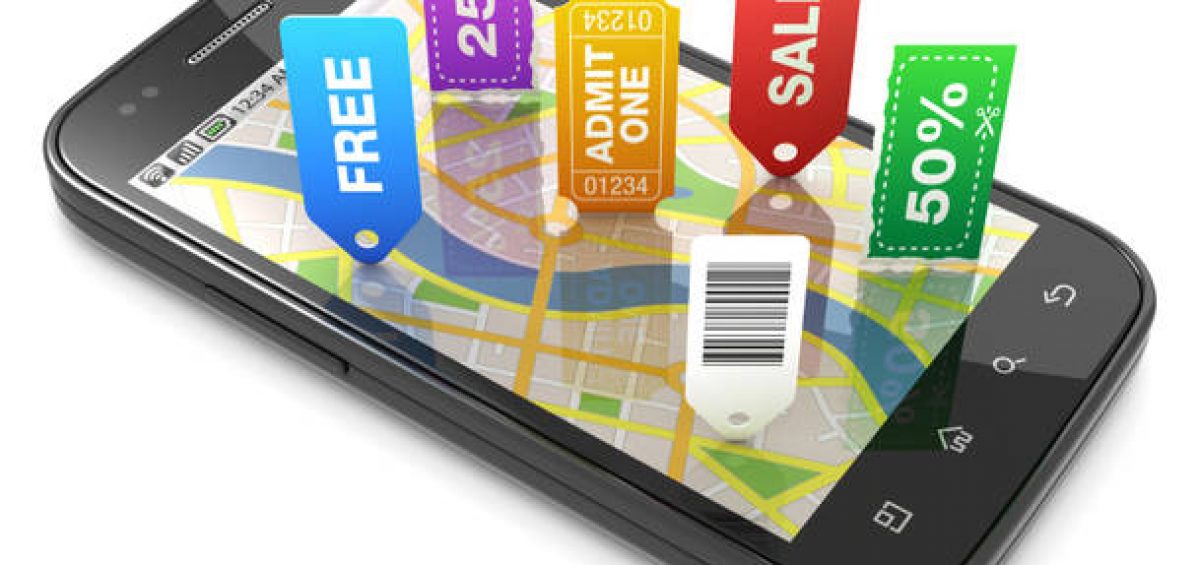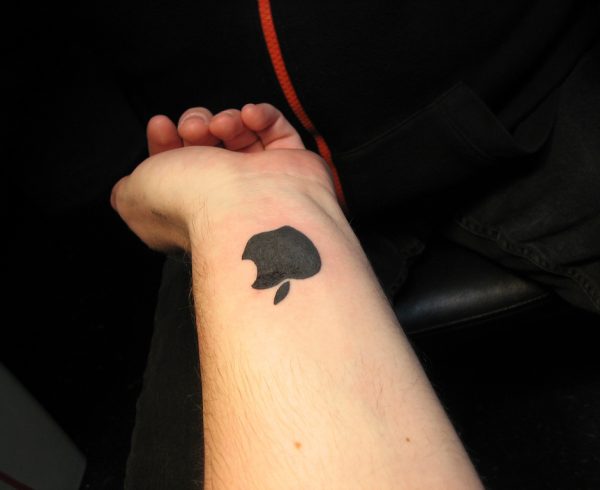My last post here on Sensei blogs shared some statistics that demonstrate the disruptive effect of smart phones on the photography habits of consumers. Mobile technology and devices have had a disruptive influence on many aspects of our lives beyond digital photography, which, in turn, has disrupted how businesses must engage consumers.
Mobile is Disrupting Traditional Loyalty Programs
Another example of mobile disruption is the effect that our proclivity for mobile communications has had on how loyalty programs operate.
Did you know that, according to Colloquy research, the average U.S. household now takes part in 21.9 loyalty programs every year?
Consumers’ fascination with loyalty program continues to grow, despite the overabundance of programs, many of which overlap in functionality, rewards, cards, and/or retailers.
The loyalty card was once a great way for consumers to feel important and recognized, while receiving some form of monetary or status reward.
From the company’s perspective , the increased frequency of consumer purchases combined with advanced data analytics made the loyalty card the perfect tool with which to capture consumer data and help sway purchase decisions.
Brands used direct mail, email marketing, and in-store promotions to reach out to consumers in a more direct and personal manner.
Mobile Phones Replacing Loyalty Cards
More and more consumers are opting out of direct mail or email marketing subscriptions with their favorite brands in favor of RSS feeds and social media engagement.
There’s yet another shift, which has taken longer to establish than most analysts had predicted: Mobile phones are quickly replacing all other forms of brand-customer communications as the consumer’s preferred communication method.
For example, large retailers such as Walmart are having great success with apps that allow it to make more personalized and real-time offers to consumers while they’re physically present in the store.
Starbucks’ mobile rewards card is another shining example of how mobile loyalty interfaces are changing the way consumers adopt and use loyalty programs (a program that is being quickly emulated by other national retail chains).
The Starbucks widget – which provides a mobile desktop glimpse at members’ status, rewards earned, and number of purchases required towards the next reward – is combined with gift card functionality that allows users to upload unlimited dollar amounts to use as credit in the store.
Mobile Device Penetration
Data, data, data…businesses are joyously swimming among this sea of consumer data and being rewarded because they’re front and center on the device that consumers have adopted as human appendage.
A study by Kleiner Perkins Caufield and Byers found the average user checks his or her phone close to 150 times per day. Its annual Internet Trends report found that the average person looks at his or her phone 110 times per day, and up to every six seconds in the evening. During peak times this equates to once every six or seven seconds, with some users unlocking their devices up to 900 times over the course of a day.
And this is just the beginning. According to eMarketer, the number of smartphone users worldwide will surpass 2 billion in 2016, representing over one-quarter of the global population.
“Inexpensive smartphones are opening new opportunities for marketing and commerce in emerging markets where many consumers previously had no access to the internet. Meanwhile, in mature, established markets, smartphones are quickly shifting the paradigm for consumer media usage and impressing the need for marketers to become more mobile-centric”
Leveraging the Mobile Trend in Loyalty
Lars Albright reported on this growing trend in an article published in AdAge, which offered the following advice for marketers who wish take advantage while the opportunity is still growing.
1. Personal choice is critical. Know what your users really want to receive and experience. A coupon for a purple sports drink is not a reward if the recipient likes coconut water to stay hydrated. Offer your users engaging rewards that suit their changing moods and needs from day-to-day and location-to-location.
2. Outline the rules of engagement. It’s clear that many people like some “surprise and delight” in their loyalty program — like a free upgrade when they check in to their favorite hotel. However, we’ve found that the majority of consumers don’t want their rewards program to be a 24/7 surprise. Communication is key. While you’re making your program easy, also make the rewards clear.
3. Understand the numbers. Besides those happy customers, the biggest win you’ll receive from your loyalty program is the rich data it provides. Respect it. And use what you learn to drive better business decisions.
Sensei Debates
Have mobile devices and mobile loyalty marketing finally come of age in North America? Or is it all still hype?
Sam Fiorella
Feed Your Community, Not Your Ego






